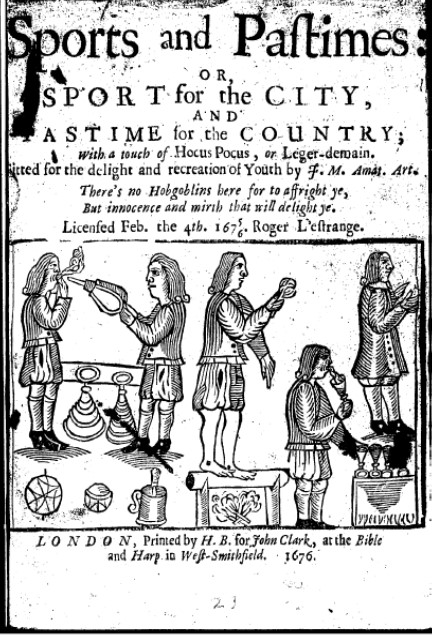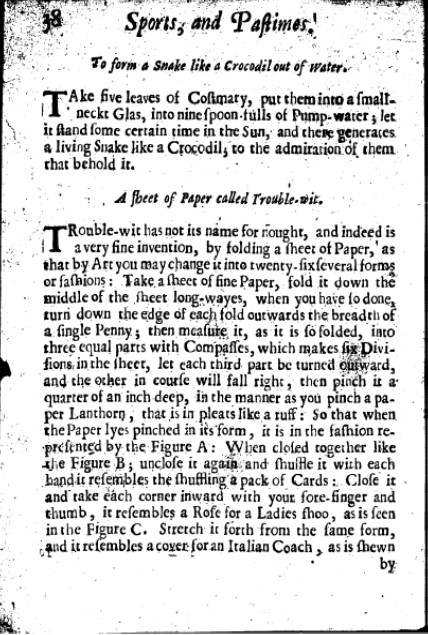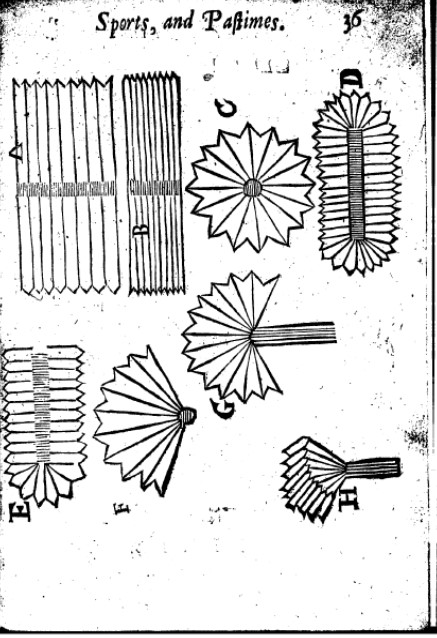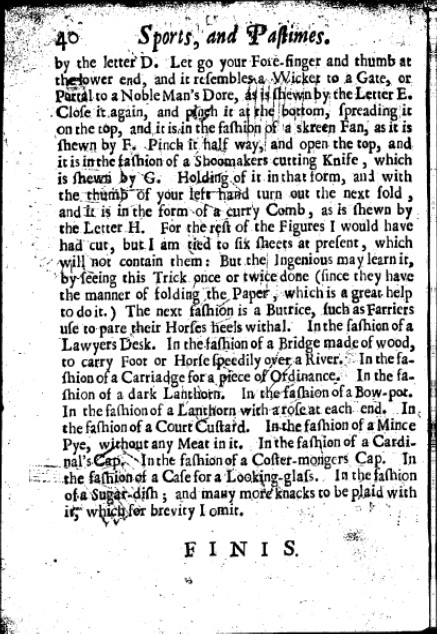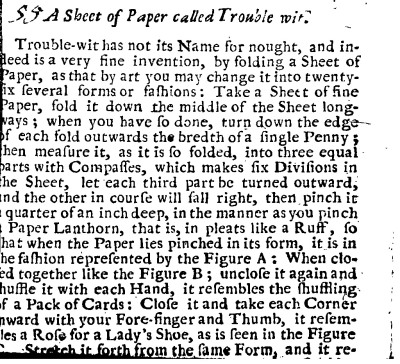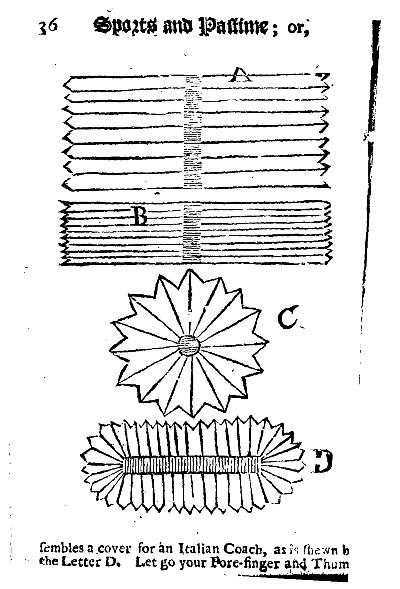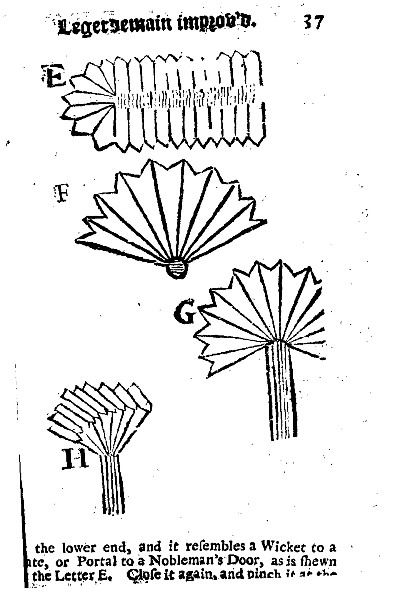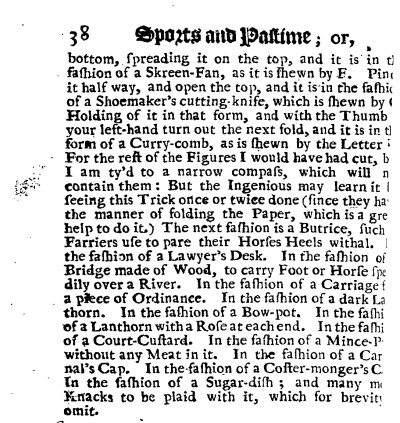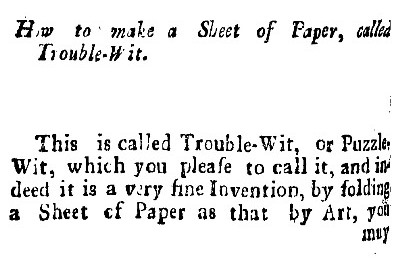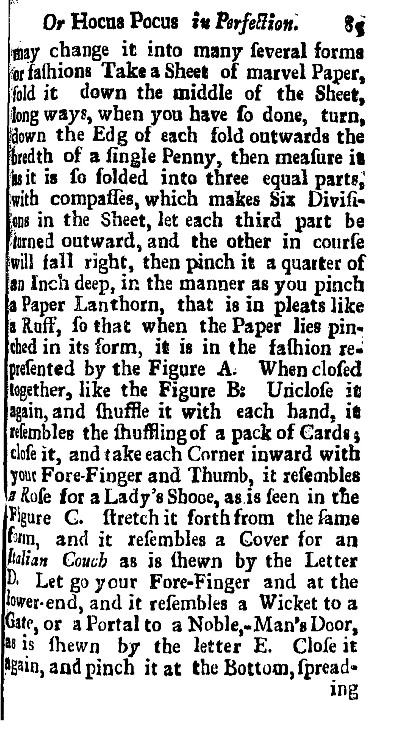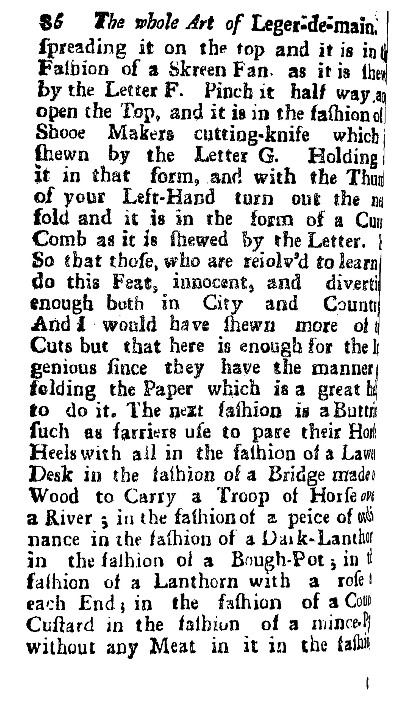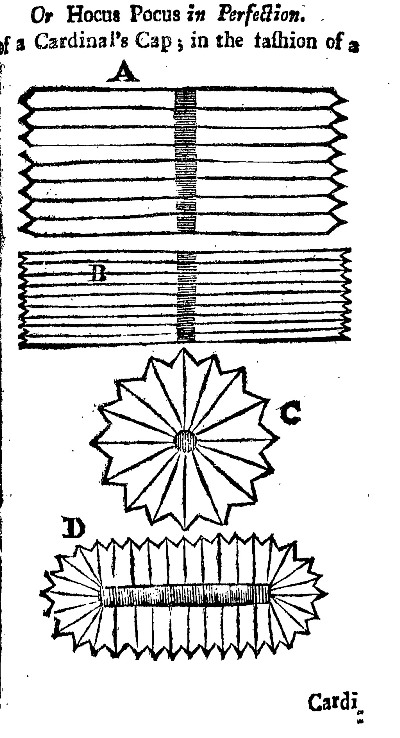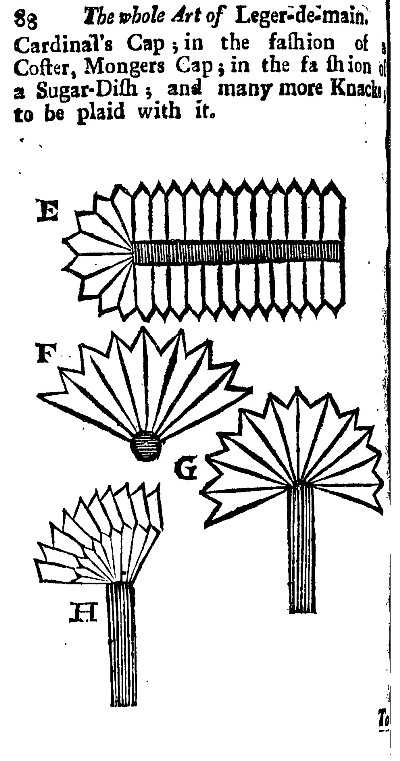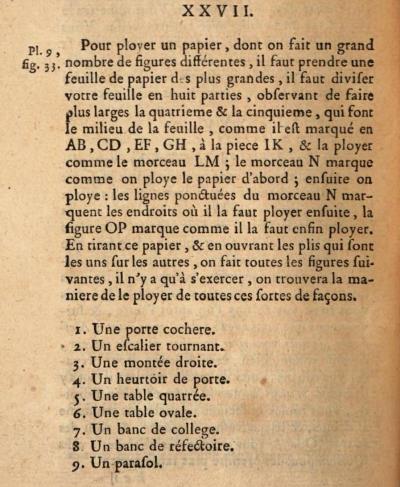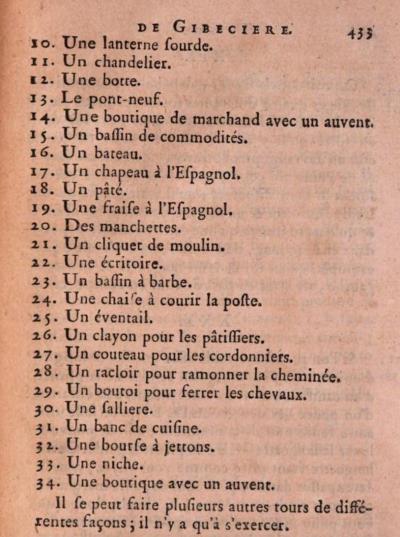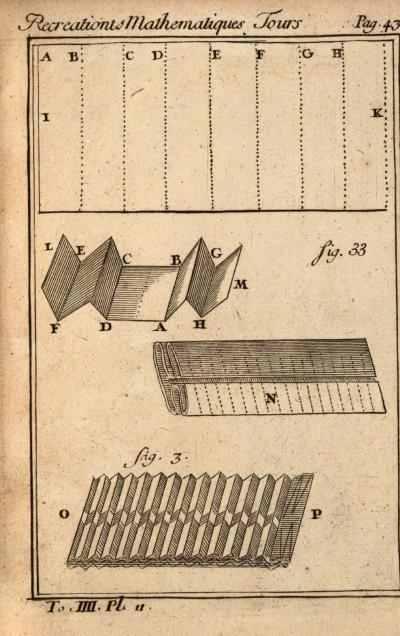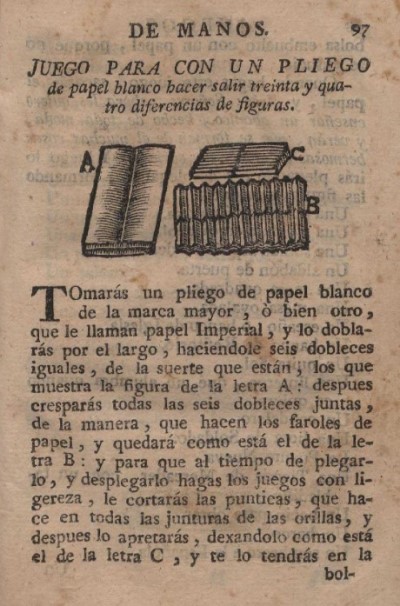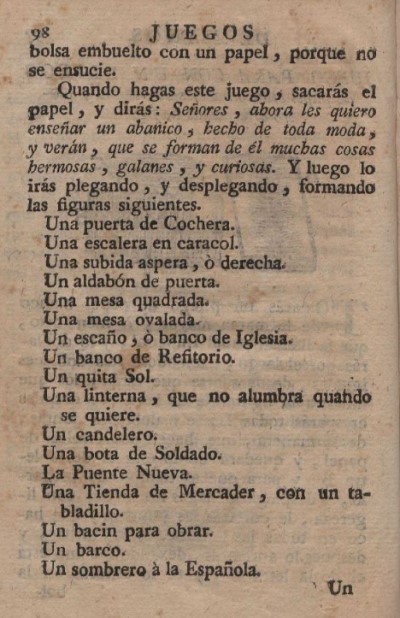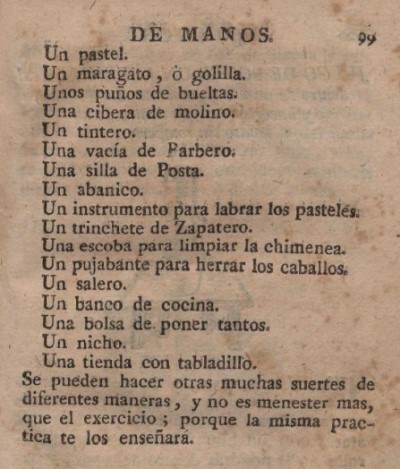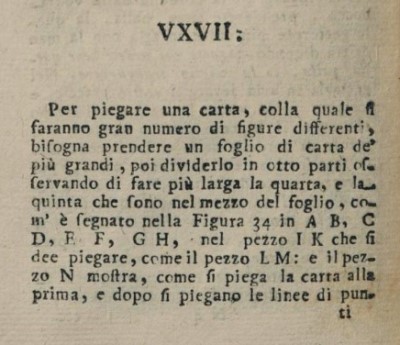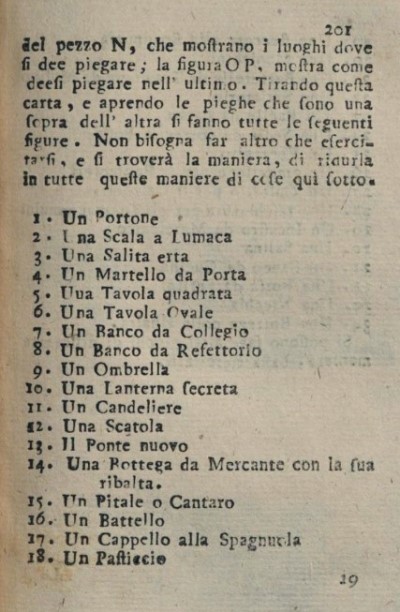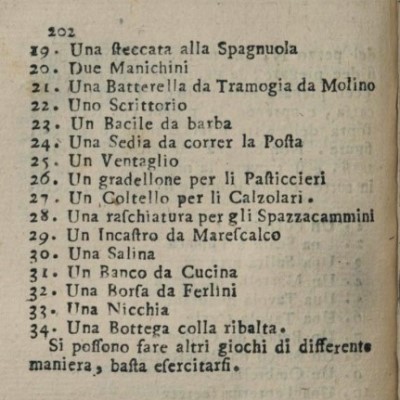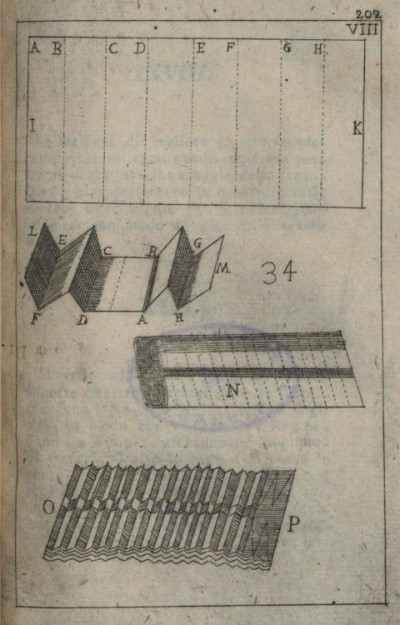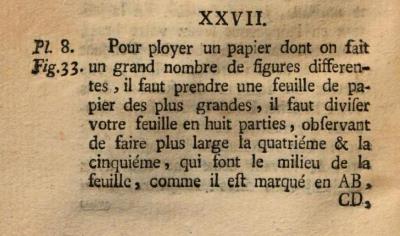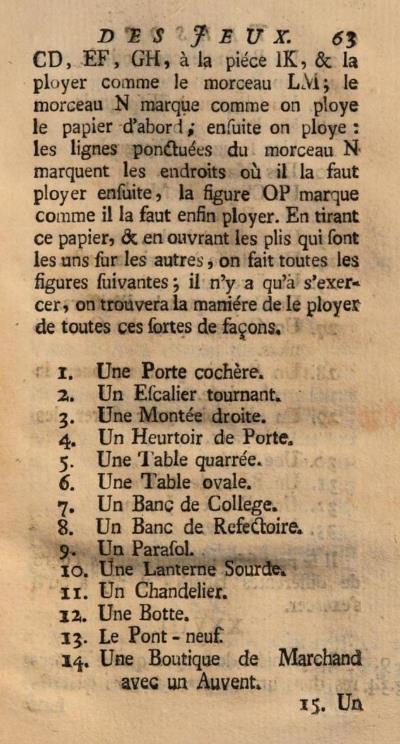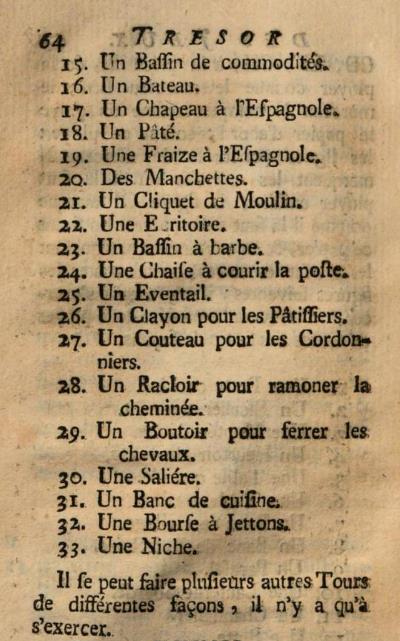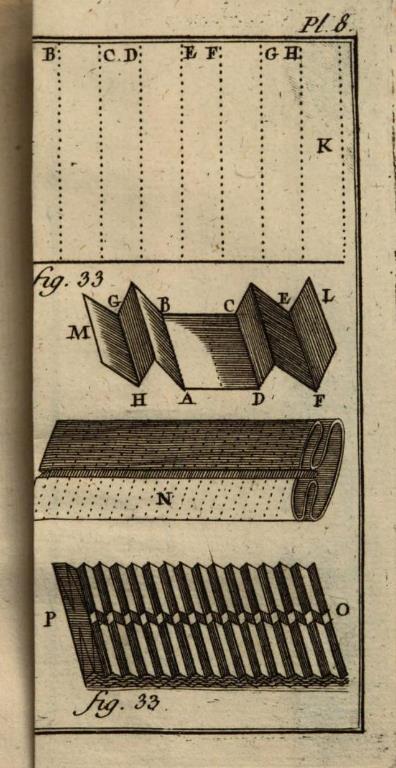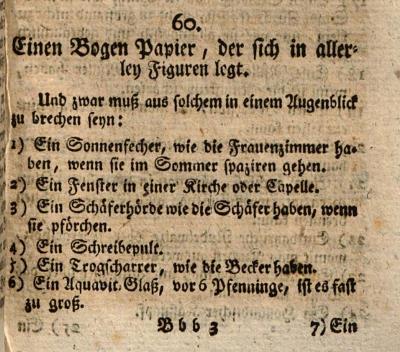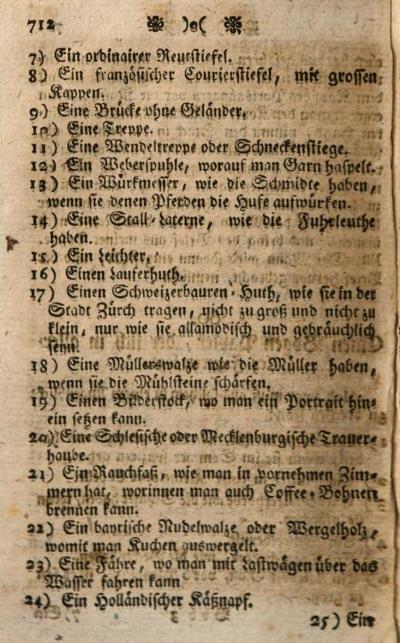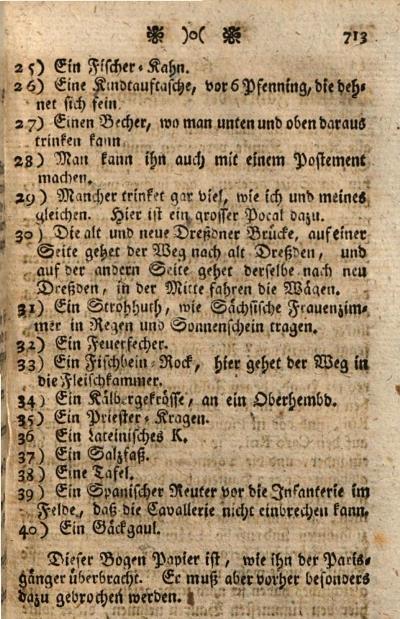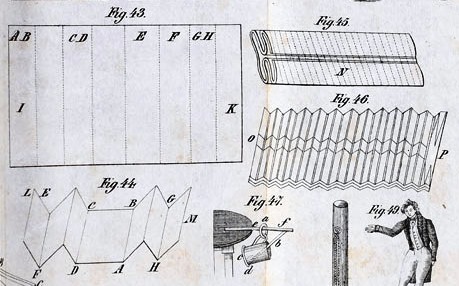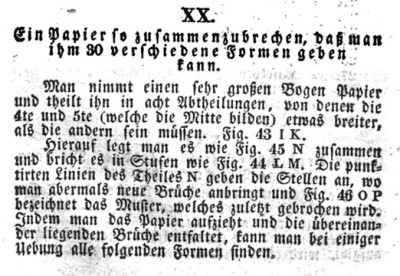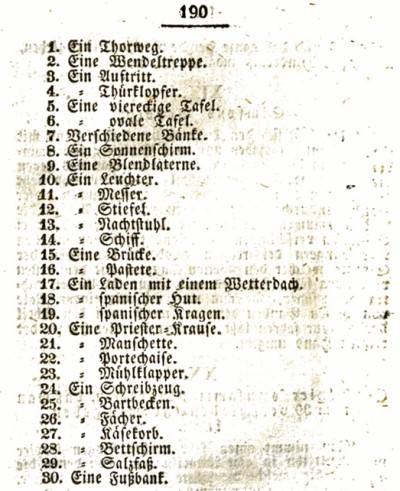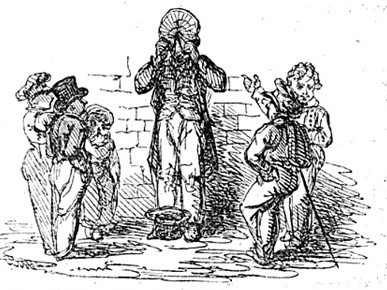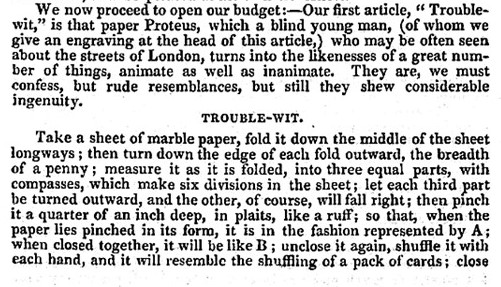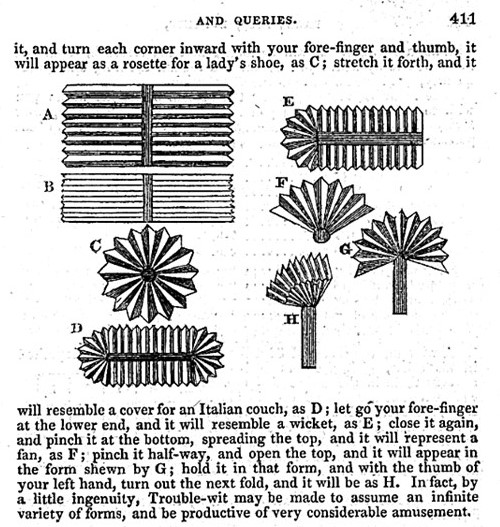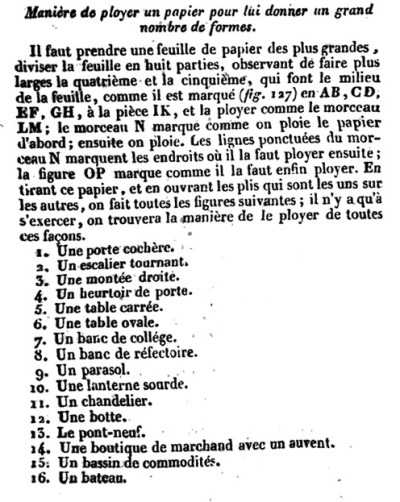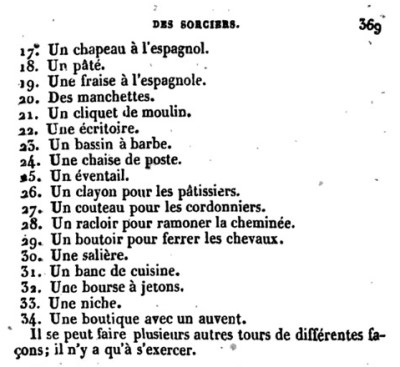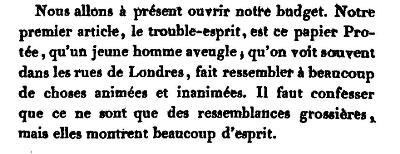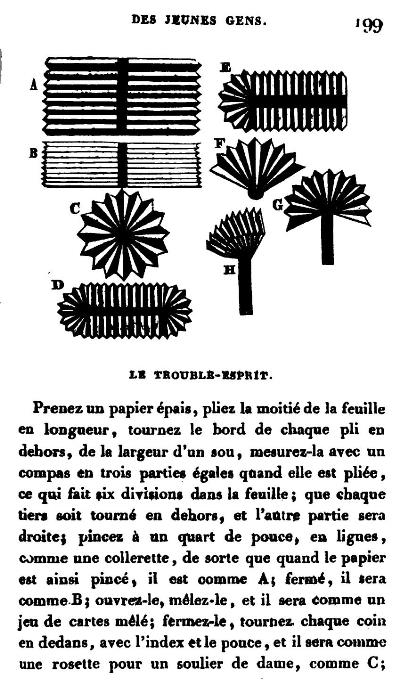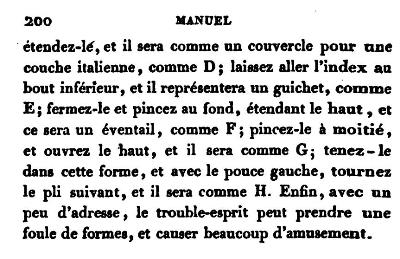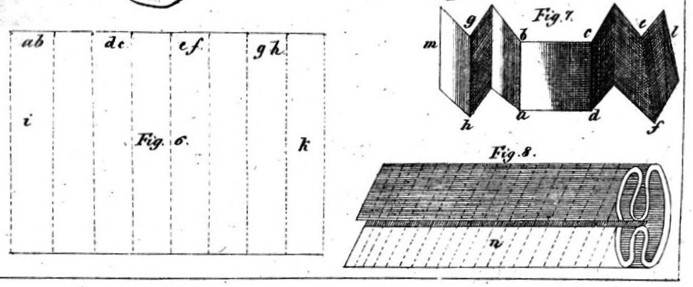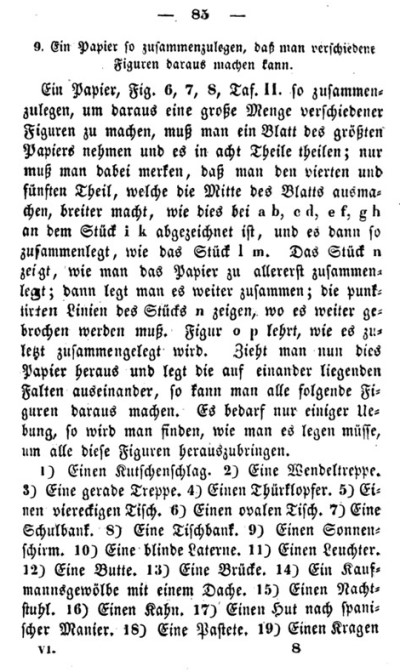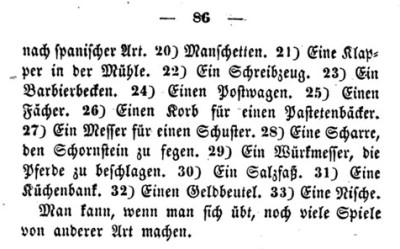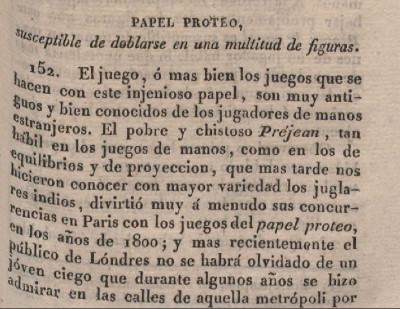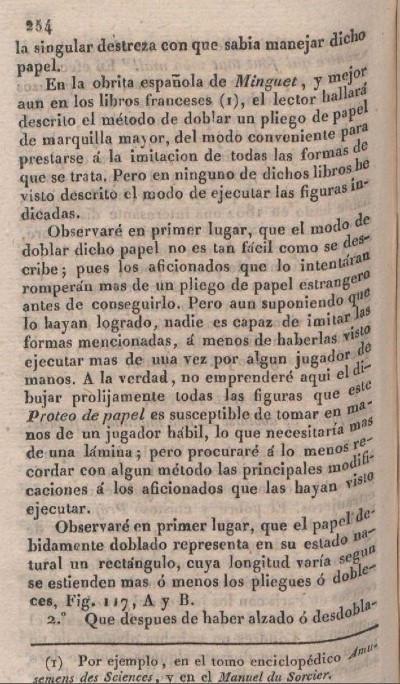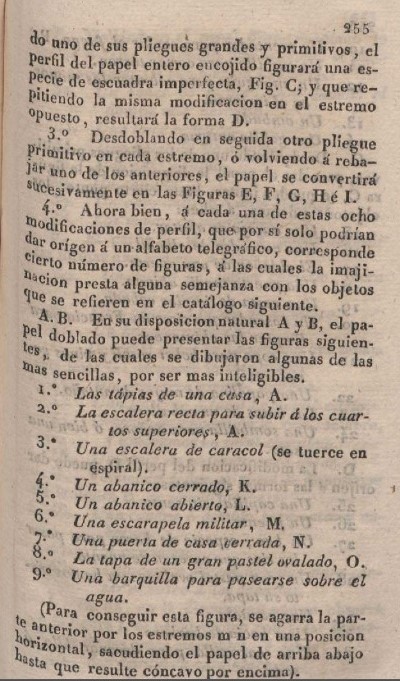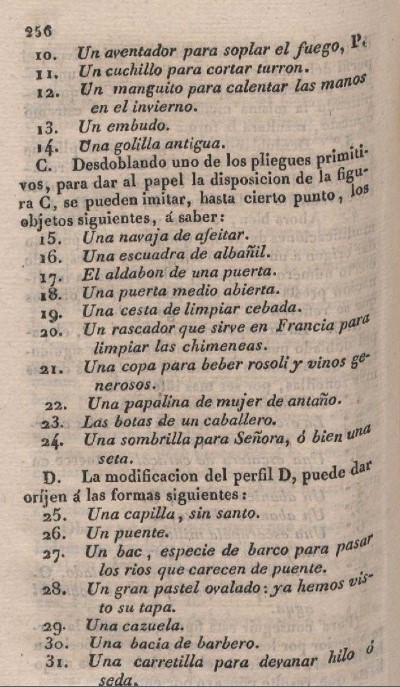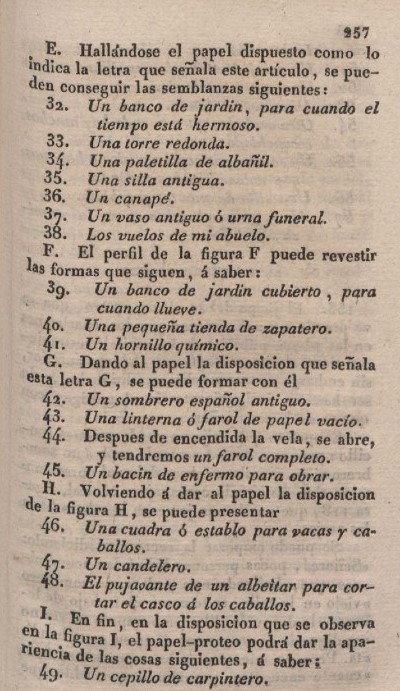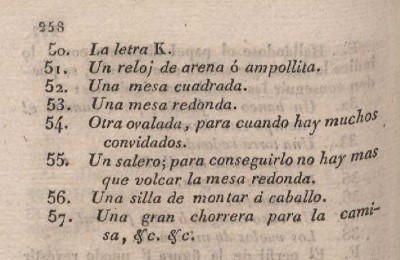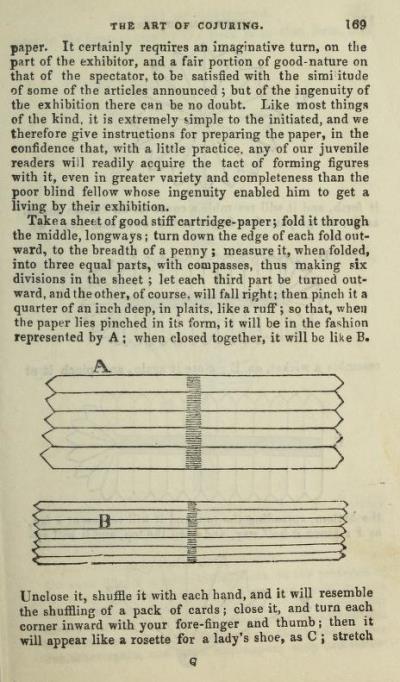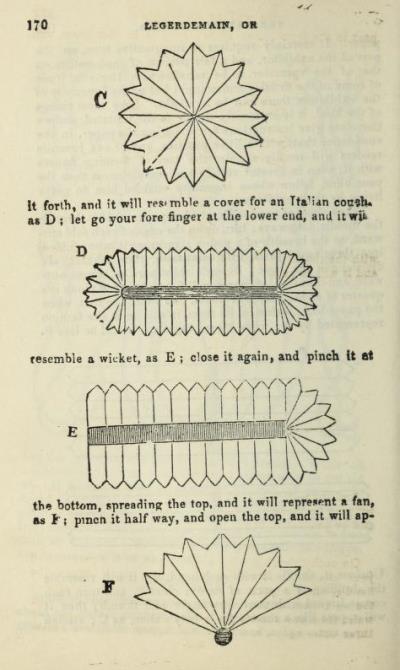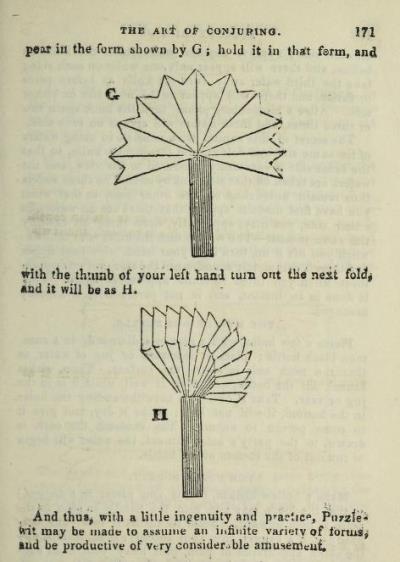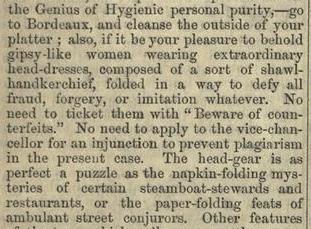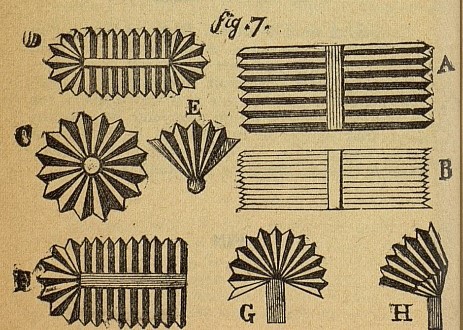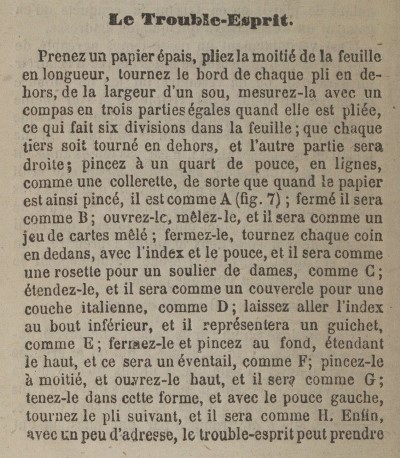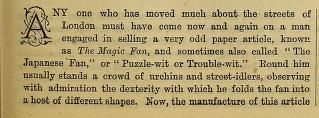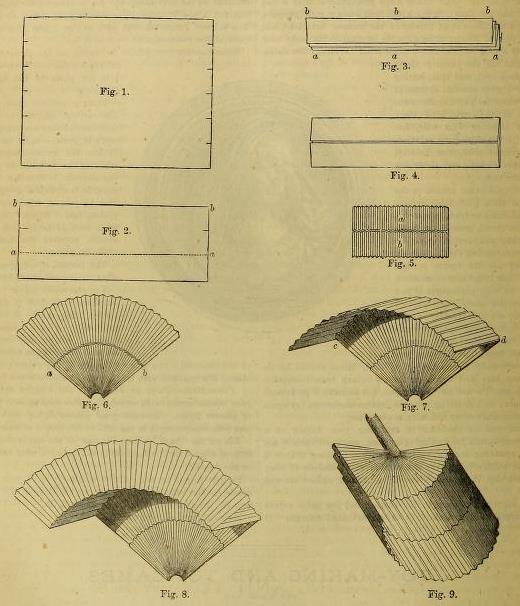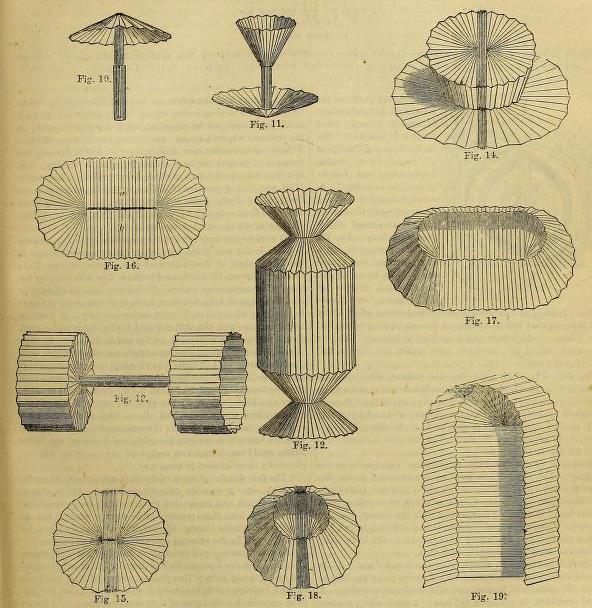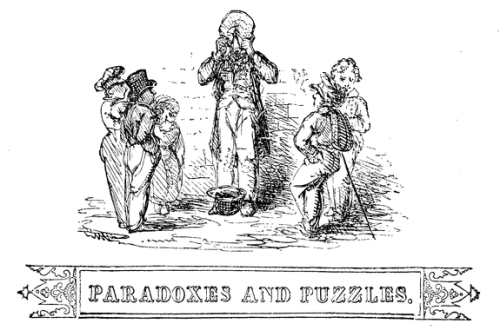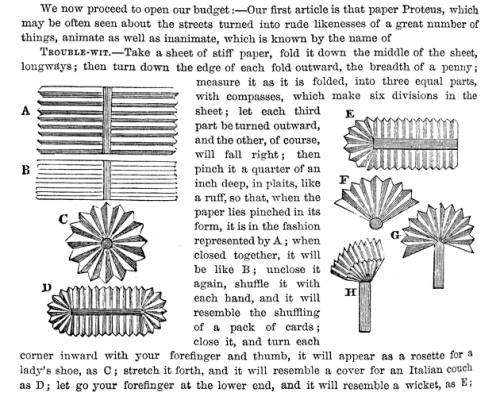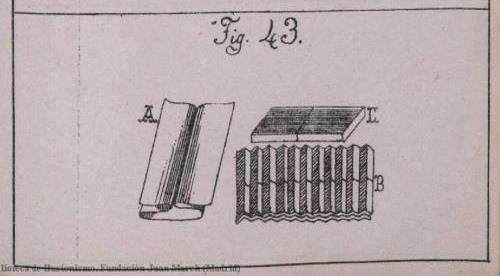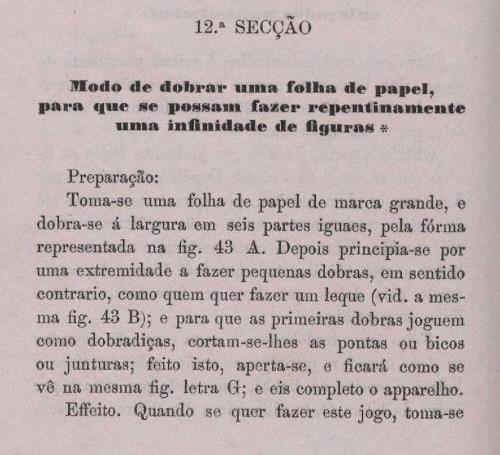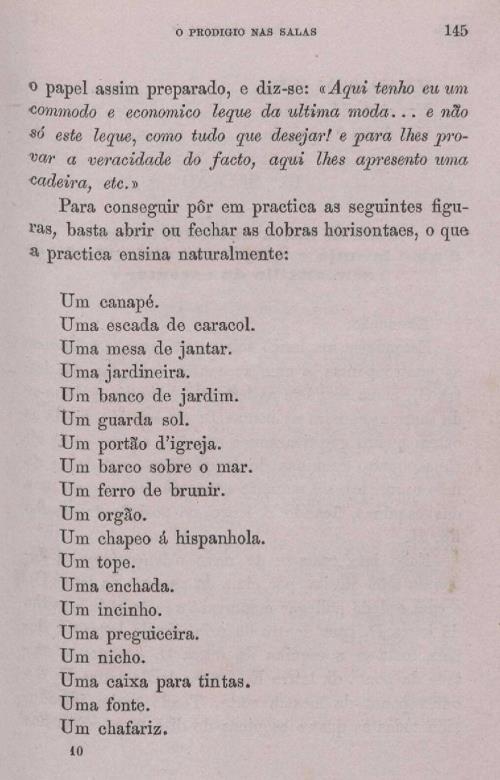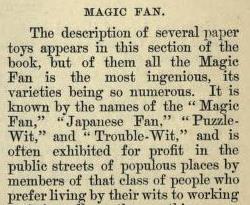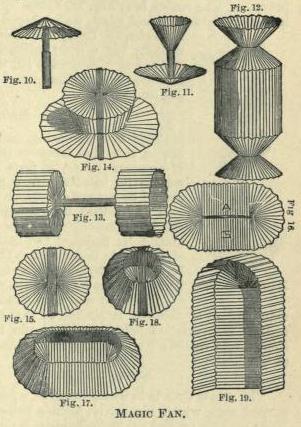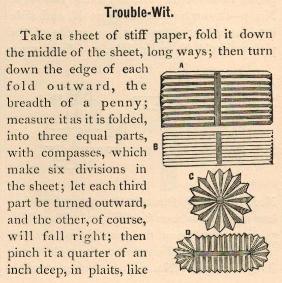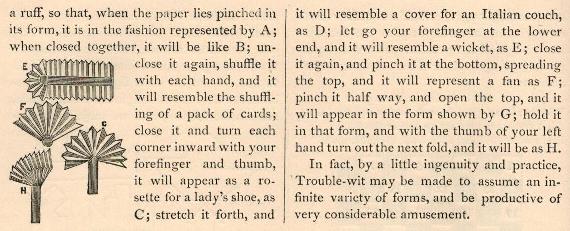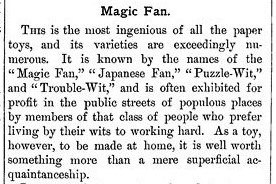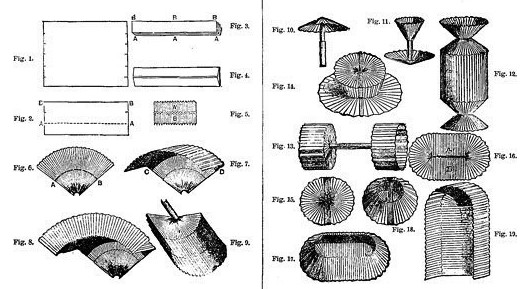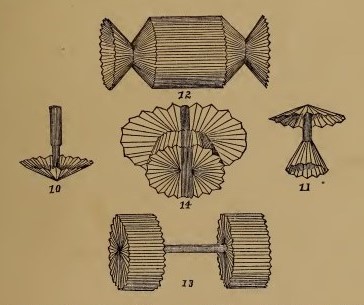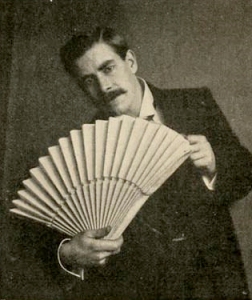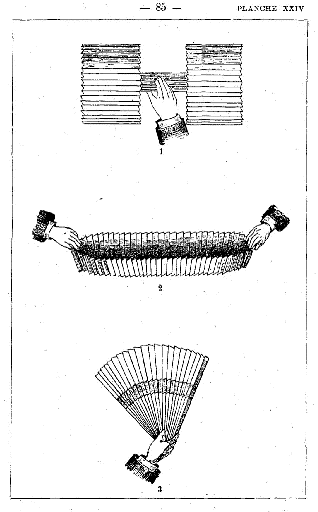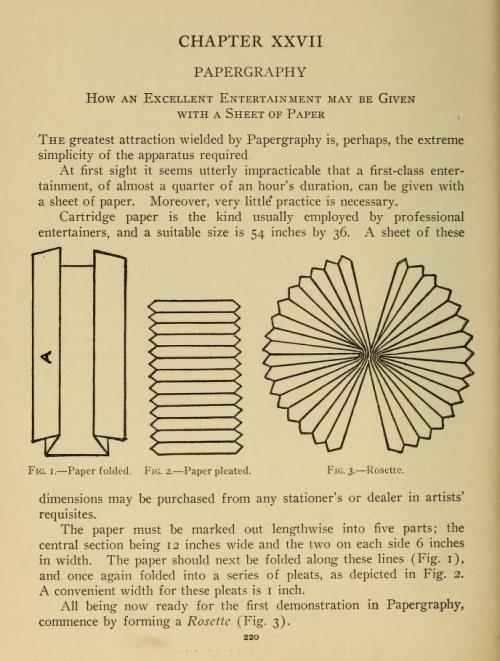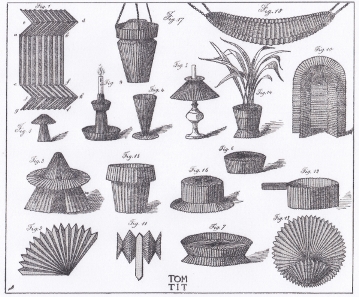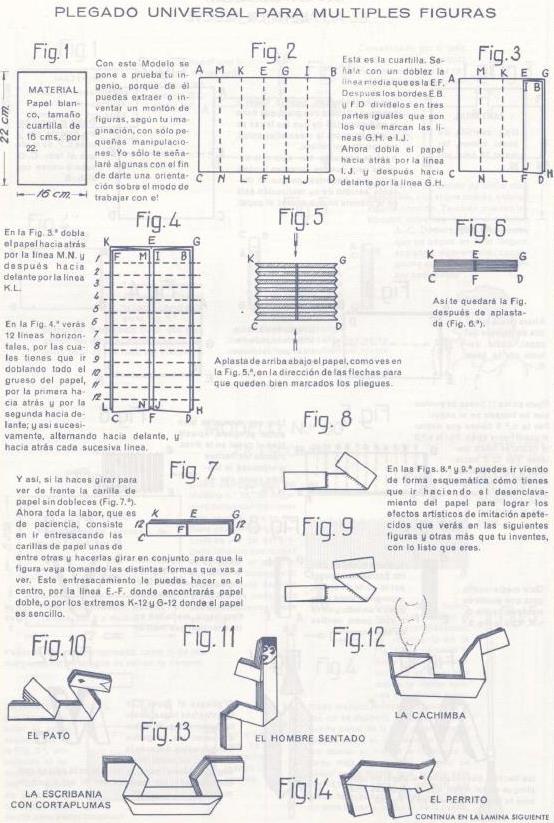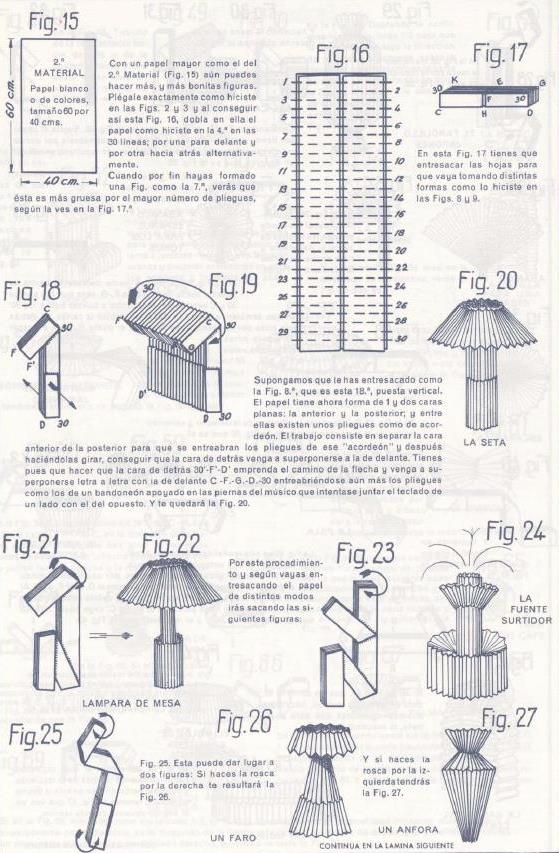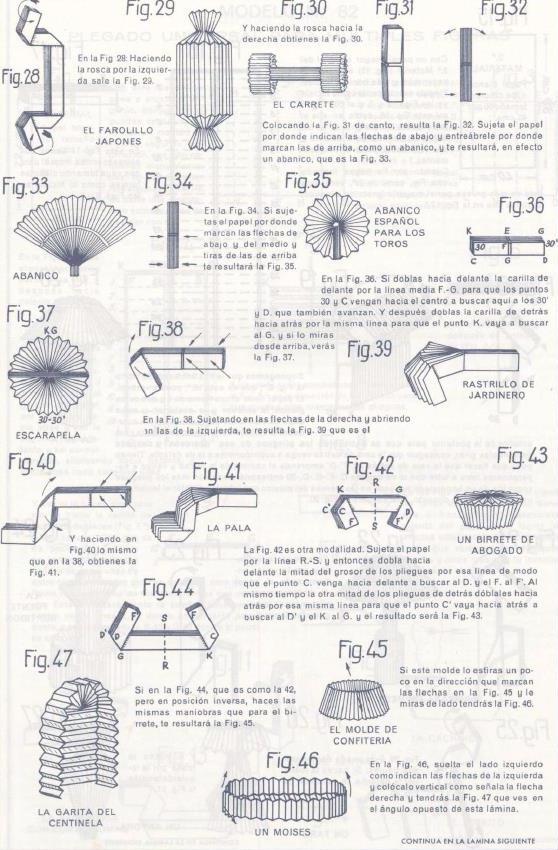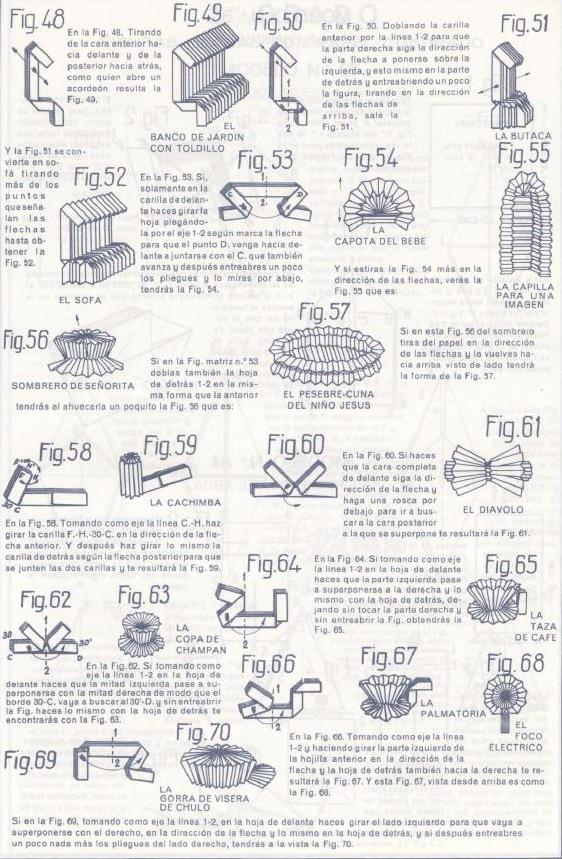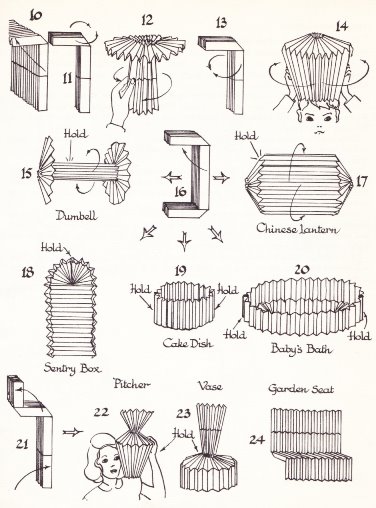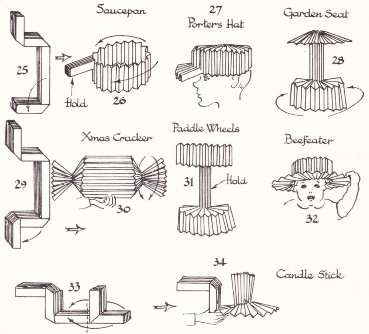| The Public Paperfolding History Project
Last updated 4/8/2025 x |
|||||||
| Troublewit | |||||||
| This
page is being used to collect information about the
history of the pure origami paperfolding entertainment
known as Troublewit. Please contact me if you know any of
this information is incorrect or if you have any other
information that should be added. Thank you. As with many other early paperfolds it is sometimes claimed that Troublewit is of Chinese origin. I do not know of any evidence to support this theory. ********** 1676 The earliest known mention of Troublewit is in the book 'Sports and Pastimes: or, Sport for the City, and Pastime for the Country; With a touch of Hocus Pocus, or Leger-demain: Fitted for the delight and recreation of Youth' which was printed by H. B. for John Clark, at the Bible and Harp in West-Smithfield, London in 1676.
********** 1689 'Table Talk', a selection of sayings attributed to John Selden by his amanuensis, Richard Milward, published in 1689, included the words 'Religion is made a Juggler's paper; now 'tis a Horse; now 'tis a Lanthorn; now 'tis a Boat; now 'tis a Man. To serve Ends, Religion is turned into all Shapes' which sounds very like a reference to Troublewit, or at least, a reference to Troublewit somewhat enhanced by imagination. ********** 1705 'Sports and Pastimes or Hocus Pocus Improvd', which was published in 1705, also contains instructions for a simple form of Troublewit.
********** 1722 A description of a simple form of Troublewit, which appears to be closely based on the material in Sports and Pastimes', is found in 'The Whole Art of Legerdemain or Hocus Pocus in Perfection' by Henry Dean, which was published in London in 1722.
********** Troublewit also appears: 1723 In the fourth volume of the 1723 edition of Jacques Ozanam's 'Récréations mathématiques et physiques'.
********** 1733 In 'Enganos a Ojos Vistas, Y Diversion de Trabajos' by Pablo Minguet E Irol, which was published in Barcelona in 1733.
********** 1747 In 'I Giochi Numerici Fatti Arcani' by Giuseppe Antonio Alberti, which was published in Bologna in 1747.
********** 1759 In 'Tresor des Jeux' by Carlo Antonio, which was published in Geneva by Henri-Albert Gosse & Comp and in La Haye, The Netherlands, by Pierre Gosse, Junior, both in 1759. Note that figure 34 is missing from the list of the figures. Compare Ozanam and Alberti.
********** 1766 A brief description of Troublewit, without any explanatory pictures, but with a list of forty figures, appeared in volume 9, pages 711 to 713, of 'Die Zehenmal Hundert und Eine Kunst' by Albrecht Ernst Friedrich von Crailsheim which was published in 1766.
********** 1813 In 'Die Zauberkunst' by Carl Ferdinand Leischner, which was published in Ilmenau, Thuringia, in 1831.
********** 1826 In his 'The Everyday Book and Table Book', published in 1825, William Hone writes of seeing a blind man demonstrate Troublewit in Greenwich Park.
********** 1828 In 'The Boy's Own Book' by William Clarke, which was was published by Vizetelly, Branston and Company in London in 1828. This book also mentions 'a blind young man, (of whom we give an engraving at the head of this article) who may be often seen about the streets of London' and says that he turns the paper into 'the likenesses of a great number of things, animate as well as inanimate' although 'they are, we must confess, but rude resemblances'.
********** 1829 In 'Manuel Complet des Sorciers' by M Comte, which was first published in 1829.
********** 1831 As 'Le Trouble-Esprit' in Volume 2 of 'Manuel des Jeunes Gens', which was published in Paris by Librairie Encyclopedique de Roret in Paris in 1931. This book is a translation into French of 'The Boy's Own Book' by William Clarke, and, like the original, mentions the young blind man (jeune homme aveugle) who used to perform Troublewit in the London streets. His picture, however, is not reproduced..
********** 1839 In Book 6 of 'Neuer Wunder-Schauplatz der Kunste' by Johann Heinrich Moritz von Poppe, which was published in Stuttgart in 1839.
********** As 'Papel Proteo' in 'El Brujo en Sociedad' by D J Mieg, which was published by Los Hijos de Dona Catalina Pinuela in Madrid in 1839. The introduction says, roughly, 'The game, or rather the games that are made with this ingenious paper, are very old and well known to foreign jugglers. The poor and humorous Préjean, so skilful in sleight of hand, as well as in those of balance and projection, which later the Indian minstrels made known to us with greater variety, very often amused his audience in Paris with the games of the protean paper in the 1800s; and more recently the London public will not have forgotten a blind young man who for some years made himself admired in the streets of that metropolis for the singular dexterity with which he knew how to handle said role. In Minguet's little Spanish work, and even better in French books (note 1: "For example, in the encyclopedic volume 'Amusemens des Sciences', and in the 'Manuel du Sorcier'.") the reader will find the method described. to fold a sheet of paper with a larger label, in the convenient way to lend itself to the imitation of all the forms in question. But in none of these books have I seen a description of how to execute the indicated figures.'
********** 1844 As 'Puzzle Wit' in 'The Boy's Holyday Book', which was published by G H Davidson in London around 1844. The main interest here lies in the statement 'Most of our readers, we presume, have seen a man about the streets producing the likeness of a multitude of articles through the transmogrifications of a piece of folded paper', which seems to provide clear evidence that at this period Troublewit was a popular form of street entertainment in London. (Cf entry for 1873 below) There is also mention of 'the poor blind fellow whose ingenuity enabled him to get a living by their exhibition', of whom we also know from other sources.
********** As 'Trouble-Wit in 'The Boy's Treasury of Sports, Pastimes and Recreations' by Samuel Williams, which was published by D Bogue in London in 1844.
********** 1855 There is mention of the 'paper-folding feats of ambulant street conjurors', presumably a reference to Troublewit, on page 242 of Charles Dickens magazine 'Household Words' of 13th October 1855. Information from Edwin Corrie.
********** 1860 As 'Trouble-Esprit' in 'L'Ancienne et la Nouvelle Collection des Tours de Magie' by M Lecomte, which was published by S Borneman in Paris in 1860.
********** 1861 In 'Le Parfait Magicien le Plus Complet', which was published by Le Bailly, Libraire in Paris in 1861. The illustrations are missing from the copy of this book that I was able to access.
********** 1873 In 'The Popular Recreator', which was published by Cassell and Co in London in 1873. The author states that 'Any one who has moved much about the streets of London must have come now and again on a man engaged in selling a very odd paper article, known as The Magic Fan, and sometimes also called 'The Japanese Fan' or 'Puzzle-wit or Trouble-wit'. Round him usually stands a crowd or urchins and street-idlers, observing with admiration the dexterity with which he folds the fan into a host of different shapes.'
********** 1880 In a new edition of 'The Boy's Own Book', 'thoroughly revised and considerably enlarged', which was published in London by Crosby, Lockwood and Co in 1880. In this edition, mention of the 'young blind man' has been removed, although the wording still says Troublewit 'may be often seen about the streets'.
********** In 'Un million de jeux et de plaisirs' by T de Moulidars, which was first published in 1880 and subsequently republished under the title 'Grande encyclopédie méthodique, universelle, illustrée, des jeux et des divertissements de l'esprit et du corps' in 1888. ********** In 'O Prodigio Nas Salas' by David de Castro, which was published by Ernesto Charoron in Porto and Braga in 1880.
********** 1881 In 'Cassell's Book of Indoor Amusements, Card Games and Fireside Fun', which was published by Cassell and Co in London in 1881.
********** 1882 In 'Bright and Happy Homes' by Peter Parley, Jr, which was published in Chicago and New York by Fairbanks, Palmer and Co in 1882. My thanks to David Shall for this information.
********** 1887 As 'Magic Fan' in 'The Home Book for Very Little People' by J H Vincent, which was published by Phillips and Hunt in New York in 1887.
********** As 'The Fan from Nagasaki' (complete with a long pseudo-origin story) in 'How? Or Spare Hours Made Profitable for Boys and Girls' by Kennedy Holbrook, which was published by Worthington Co in New York in 1887.
********** 1895 An article showing that at this date Ellis Stanyon was not only performing his paper folding (Troublewit) act but also making and selling pre-folded Troublewit sheets appeared in 'The Sporting Life' for November 1895. ********** 1896 In the latter half of 1896 an article written by L S Lewis was published in the Strand Magazine entitled 'Paper-Folding' describing how troublewit is folded and performed, with photographs showing the magician David Devant demonstrating the figures. The article began with the words 'Perhaps no more entertaining form of indoor pastime has ever been devised than the rapid folding of a sheet of pleated paper into various shapes ...'.
********** 1897 There is a chapter on Paper Folding (ie Troublewit) in 'Conjuring for Amateurs' by Ellis Stanyon,which was published in London in 1897. The penultimate paragraph of this chapter mentions that Paper-Folding is sometimes called 'Le Papier de Pere Mathieu' (see below)
********** 1899 Troublewit also appears, as 'Les Metamorphoses D'un Papier' in 'Le Livre des Amusettes' by Toto, which was published in Paris by Charles Mendel in 1899.
********** 1909 Gershon Legman's 'Bibliography of Paper Folding' has a reference which gives the information that Troublewit appears on pages 65-69 of 'Chapeaugraphy, Shadowgraphy and Paper-folding' by Hercat, which was published in 1909. ********** 1910 'Home Fun' by Cecil H Bullivant, which was published by Dodge Publishing Company in New York in 1910, included a simple Troublewit routine under the name 'Papergraphy'.
********** 1914 An article explaining how to fold 'Figuras de papel plegado' appears in the issue of 'Los Muchachos' for 22nd November 1914.
********** 1916 In an article in The Queenslander of 1st April 1916.
********** 1918 In 'Pasatiempos: Juegos Figuras Problemas Con Papel y Tigeras' (Games, Figures, Problems with Paper, Scissors), which was published by Editorial Muntanola in Barcelona, probably c1918.
********** 1922 Some basic information about Troublewit, although not instructions for making it, was included in 'Houdini's Paper Magic', which was published by E P Dutton and Company of New York in 1922.
********** Troublewit also appears: 1924 As Le Papier Du Pere Mathieu, in Joujoux En Papier' by Tom Tit, which was published in Paris by Paul Lechevalier in 1924.
********** 1933 With very little explanation, in 'Diversions and Pastimes' by R M Abraham, which was first published by Constable and Constable in London in 1933.
********** 1951 A very detailed explanation of Troublewit and its many forms, under the title of 'Plegado Universal para Multiple Figuras' was published in the extended version of 'El Mundo de Papel' by Dr Nemesio Montero, which was published by G Miranda in Edicions Infancia in Valladolid in 1951.
********** 1960 Troublewit also features in 'Paper Folding Fun' by Robert Harbin, which was published by Oldbourne in London in 1960. The author states that Troublewit 'originated in China many years ago, and was once known here as the Chinese Paper'.
********** |
|||||||
